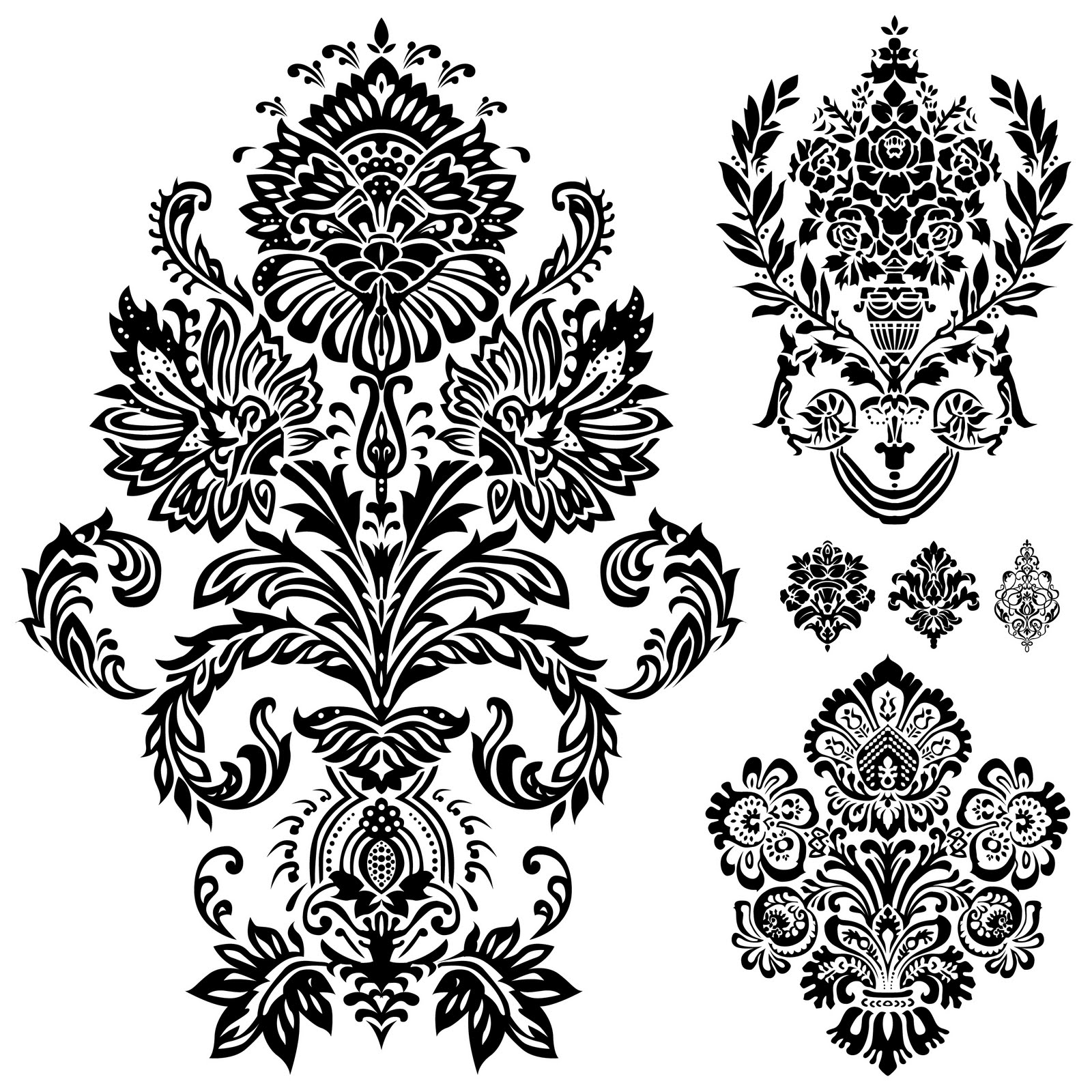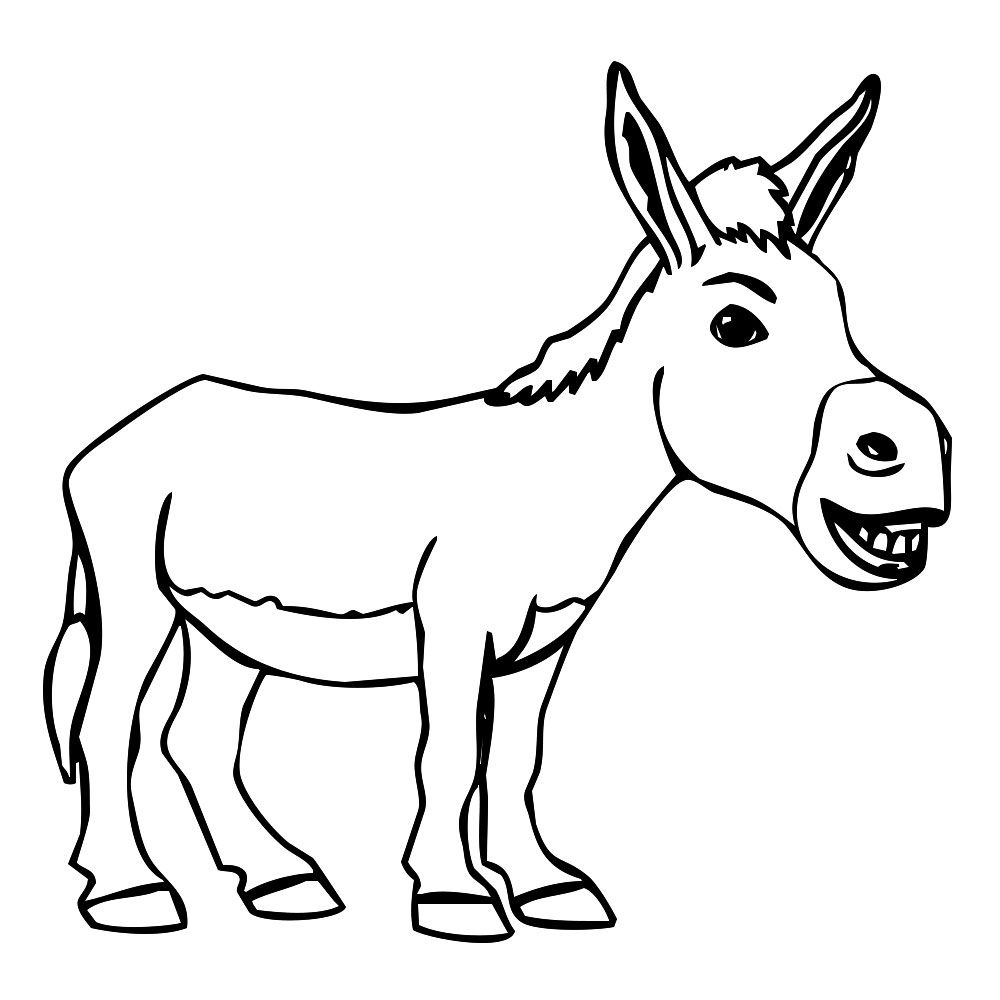Damask sketch
Table of Contents
Table of Contents
If you’re looking to add a touch of elegance to your artwork or design projects, learning how to draw damask can take your creations to the next level. This intricate and ornate design has been used for centuries to decorate fabrics, wallpaper, and even furniture, and it has become a staple of classic and vintage aesthetics. In this article, we’ll explore how to draw damask, the materials you’ll need, and helpful tips to make your designs truly stand out.
Pain Points of Drawing Damask
For many artists, tackling the intricate details of damask can be a daunting task. Without the right techniques and tools, it’s easy to become overwhelmed and frustrated with the complexity of the design. Additionally, it can be challenging to create a symmetrical and cohesive pattern that looks polished and professional.
How to Draw Damask
To start drawing damask, you’ll need paper, a pencil, an eraser, and a fine-tip pen or marker. Begin by sketching out a rough outline of your design, using basic shapes like rectangles, circles, and diamonds to create your pattern. As you sketch, pay attention to the proportions and placement of each element, making sure they form a cohesive and symmetrical pattern. Once you have your basic sketch in place, use your fine-tip pen or marker to carefully trace over your lines, refining and adding detail as you go. Finally, erase any leftover pencil marks to reveal your finished design.
Summary of How to Draw Damask
In summary, to draw damask, you’ll need paper, a pencil, an eraser, and a fine-tip pen or marker. Start by sketching out a rough outline of your design, then refine and add detail with your marker. The key is to pay attention to proportions and symmetry to create a cohesive and polished pattern.
Tools and Techniques for Drawing Damask
When it comes to creating a stunning damask design, having the right tools and techniques can make a huge difference. One helpful tool is a lightbox, which can be used to trace over your sketch and create a clean and precise design. Another technique is to use textured papers or fabrics to add depth and dimension to your design. Finally, don’t be afraid to experiment with different colors and shapes to create a unique and eye-catching pattern.
Using a Lightbox to Draw Damask
If you want to create a perfectly symmetrical damask design, a lightbox can be an invaluable tool. Simply place your sketch on the lightbox, then layer a blank sheet of paper on top. Use your fine-tip pen or marker to trace over your original design, refining and adding detail as you go. The lightbox will ensure that you create a precise and symmetrical pattern every time.
Adding Texture to Your Damask Designs
To take your damask designs to the next level, consider incorporating textured papers or fabrics into your creations. For example, you could use a shimmery gold paper or a plush velvet fabric to add depth and dimension to your design. Experiment with different textures and colors to create a unique and eye-catching pattern.
Tips for Creating Stunning Damask Designs
If you want your damask designs to truly stand out, there are a few helpful tips to keep in mind. First, pay close attention to the proportions and symmetry of your pattern, ensuring that it flows seamlessly across your canvas. Additionally, don’t be afraid to experiment with different colors, shapes, and textures to create a unique and eye-catching design. Finally, practice makes perfect – the more you work on your damask designs, the more confident you’ll become in your skills.
Question and Answer
Q: What is the best paper to use for drawing damask?
A: For drawing damask, it’s best to use a heavier weight paper that can handle the ink from your fine-tip pen or marker. Look for papers labeled as “drawing paper” or “marker paper,” which will have a smooth surface and won’t bleed or smudge.
Q: How can I create a cohesive and symmetrical damask pattern?
A: To create a cohesive and symmetrical damask pattern, start by sketching out a rough outline of your design. Use basic shapes like rectangles, circles, and diamonds to create your pattern, ensuring that each element lines up perfectly with those around it. Then, use a fine-tip pen or marker to draw over your sketch, refining and adding detail as you go.
Q: How can I add dimension to my damask design?
A: To add dimension to your damask design, consider using a textured paper or fabric as your canvas. Alternatively, you can add shading or highlights to different areas of your design to create the illusion of depth and dimension.
Q: What is the history of damask design?
A: Damask design originated in the city of Damascus, Syria, in the 12th century. The intricate and ornate patterns were originally used to decorate fine fabrics and textiles, and the design quickly spread across Europe to become a staple of classic and vintage aesthetics.
Conclusion of How to Draw Damask
Whether you’re a seasoned artist or just starting out, learning how to draw damask can be a fun and rewarding challenge. With the right tools, techniques, and tips, you can create stunning and intricate designs that add a touch of elegance to any project. So don’t be afraid to experiment and explore – who knows, you may just discover your new favorite design style.
Gallery
72 Hand-drawn Damask Elements #elements#ornamental#floral#Elegant

Photo Credit by: bing.com / elements damask choose board creativemarket
Hand Drawn Decorative Damask Background | Free Vector #Freepik

Photo Credit by: bing.com / freepik
Premium Vector | Hand Draw Decorative Design Vintage Damask

Photo Credit by: bing.com / damask
Pin By Nemnaya On Wild Sketch | Damask, Color, Wild

Photo Credit by: bing.com / damask sketch
Damask Drawing At GetDrawings | Free Download

Photo Credit by: bing.com /





